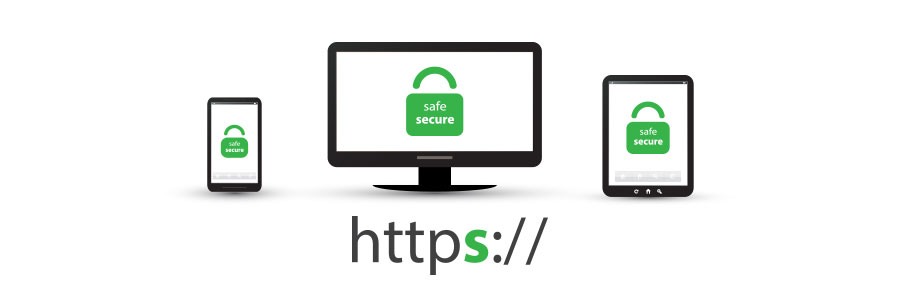To this day, cybercriminals still have an old reliable weapon in their arsenal — email. With it, criminals can fool recipients into revealing personal information or clicking on a malware-ridden attachment. This kind of scam is called phishing, and it continues to persist because many people still fall for it.
Gmail’s proactive anti-phishing enhancements
5 Tips for securing your email account
Get ahead of cybersecurity with these basic IT terms
Understanding HTTPS

Are you an avid online shopper? Have you noticed if each payment page has HTTPS in its URL lead-up? If you’re not absolutely sure, you might be a prime target for identity theft. Here's why you should make sure that the websites you browse for shopping have a little padlock icon on them in the URL bar.
How to protect your iPhone from phishers
How Office 365 deals with phishing attacks
Beware of these social engineering tactics
PhishPoint attack looks like SharePoint

Have you ever received an email that claimed to come from a bank or government office when it obviously didn’t? It was probably a phishing scam trying to trick you into downloading malware. The most recent campaign duplicates a trustworthy Office 365 email and can fool even the most skeptical users.
Gearing up for phishing scams in tax season
Safe web browsing requires HTTPS

How many times this month have you paid for something online using your credit card? Was each payment page secured by HTTPS? If you’re not 100% certain, you’re a prime target for identity theft. The padlock icon in your web browser’s address bar is immensely important and it requires your attention.







